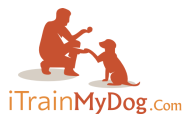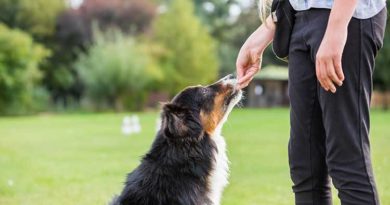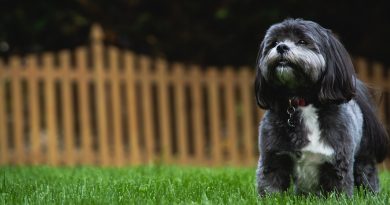How to House Train a Puppy: A Step-by-Step Guide
Congratulations on your new puppy! One of the first things you’ll want to work on with your furry friend is house training. This can seem like a daunting task, but with patience, consistency, and the right approach. You can have your puppy house trained in no time. In this article, we’ll provide a step-by-step guide on how to house train a puppy.
Choose a designated potty area
The first step in house training your puppy is to choose a designated potty area.
This should be a spot outside that is easily accessible and not too far from where your puppy will be spending most of their time. It’s a good idea to choose an area with grass, as puppies tend to prefer this surface for going to the bathroom.
Once you’ve chosen the spot, take your puppy there every time they need to go to the bathroom. This will help them learn to associate this spot with going potty
Check out our article on How To Putty Train a Puppy
Set a schedule
Puppies have small bladders and will need to go to the bathroom frequently, especially when they are young. To help with the house training process, it’s important to establish a schedule for your puppy.
This will help them learn to hold their bladder for longer periods of time and also make it easier for you to predict when they need to go.
A good schedule to start with is taking your puppy outside every two hours. You’ll also want to take them outside first thing in the morning, after every meal, after every play session, and before bedtime.
As your puppy gets older and more reliable, you can start to gradually increase the length of time between potty breaks.
Use a consistent command
To help your puppy understand what you want them to do, it’s important to use a consistent command every time you take them outside to go potty. This could be a word like “go potty” or a phrase like “do your business.” Whatever you choose, make sure to use it consistently every time you take your puppy outside.
Reward good behavior
Positive reinforcement is a powerful training tool, and it can be especially effective when it comes to house training. Every time your puppy goes potty outside, be sure to give them lots of praise and a small treat. This will help them associate going potty outside with good things and encourage them to continue this behavior.
Supervise your puppy
Puppies are curious creatures and they will inevitably have accidents in the house.
To minimize these accidents and help your puppy learn faster, it’s important to supervise them when they are inside. This means keeping an eye on them and interrupting them if you see them sniffing around or circling, as these are signs that they may need to go potty.
If you catch your puppy in the act of having an accident, interrupt them with a loud noise (like clapping) and immediately take them outside to their designated potty area.
Don’t punish your puppy for accidents – this will only confuse them and make the training process more difficult.
Use a crate
Crate training can be a useful tool in the house training process, as it can help your puppy learn to hold their bladder for longer periods of time. When using a crate, it’s important to make sure that it is the right size for your puppy and that they have enough room to stand up, turn around, and lie down comfortably.
It’s also important to make sure that your puppy has plenty of opportunities to go outside to the bathroom. A general rule of
thumb is to allow them one hour in the crate for every month of age, up to a maximum of eight hours for an adult dog. If your puppy is younger than four months, they will likely need to go out more frequently.
Keep in mind that a crate is not a replacement for taking your puppy outside to go potty. It should only be used as a tool to help with house training and should never be used as a punishment.
Check out our article on The Basics of Crate Training.
Use a bell or other signal
Some puppies and dogs can be trained to use a bell or other signal to let you know when they need to go outside. To do this, hang a bell by the door and encourage your puppy to ring it every time they need to go potty.
Over time, they will learn to associate ringing the bell with going outside.
You can also use other signals, like a knock on the door or a specific word or phrase. Just be consistent and use the same signal every time you take your puppy out.
Be patient
Training a puppy takes time and patience, and house training is no exception. It’s important to be consistent and patient with your puppy, as it may take several weeks or even months for them to be fully house trained.
If you see progress, be sure to reward and praise your puppy for their good behavior. And if you have any setbacks, don’t get discouraged – just stay the course and keep working on it. With time and patience, your puppy will get the hang of it.
This step-by-step guide helps you get started on house training your puppy. Remember to be patient, consistent, and use positive reinforcement to encourage good behavior. With a little bit of effort, you’ll have a well-trained puppy in no time.




